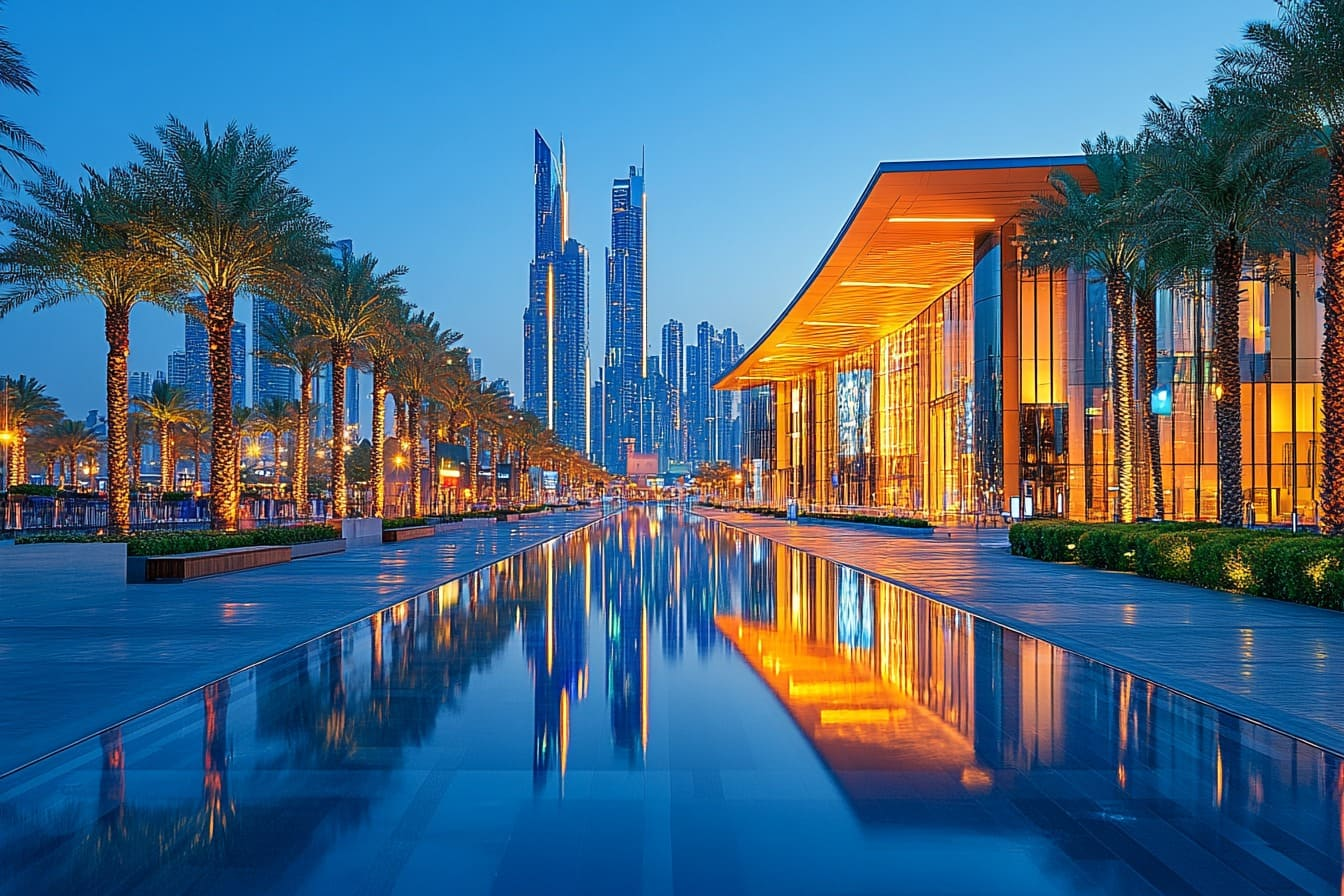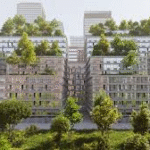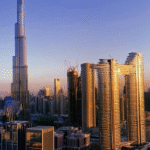Now Reading: Inside 2025’s Stunning Canal-Side Homes: What You Must Know
-
01
Inside 2025’s Stunning Canal-Side Homes: What You Must Know
Inside 2025’s Stunning Canal-Side Homes: What You Must Know

Table of Contents
In 2025, canal-side living is making a powerful comeback, blending modern architecture with peaceful waterside settings. Once viewed as a lifestyle reserved for romantic getaways or old industrial cities, living beside canals is now becoming a mainstream housing trend across many urban centers. With smart design, green technologies, and walkable communities, canal-side homes are attracting a new generation of buyers and renters who want both convenience and serenity.
From London to Amsterdam to Dubai, real estate experts say that canal-side living is no longer just about the view. In 2025, these communities offer high-end facilities, sustainable construction, and well-connected transport links. Let’s dive deeper into why canal-side living is becoming the dream lifestyle of the future.
Why Canal-Side Living Is Trending in 2025
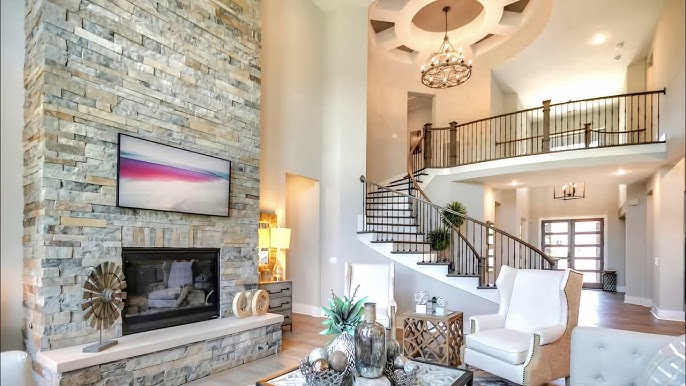
One of the biggest reasons for the growth of canal-side living is the growing demand for calm, nature-inspired spaces within busy cities. Canals bring a sense of peace, reduce air pollution, and provide opportunities for outdoor exercise, boating, and walking. As more people become health-conscious and environmentally aware, waterside living feels like the perfect balance between urban excitement and natural relaxation.
Developers have noticed this shift. In 2025, more property projects than ever are being built right next to canals, with stylish apartments, smart townhouses, and mixed-use communities designed for both young professionals and families. Research shows that living near water can even help improve mental well-being, reduce stress, and encourage active lifestyles — all highly valuable in today’s fast-paced world.
Eco-Friendly and Future-Ready Designs
Sustainability is at the heart of canal-side developments in 2025. Many new buildings are designed with green roofs, solar energy systems, and smart water recycling features. The canal itself is sometimes used as a cooling element or even a way to generate clean energy. Eco-friendly walkways, bike lanes, and green parks alongside these waterways also encourage residents to reduce their carbon footprint.
Developers and city planners are working closely to protect the natural habitats around canals. Birds, fish, and other wildlife can live safely next to these modern communities. In cities where flooding is a concern, smart canal-side construction techniques help manage water levels, protecting both nature and people from climate challenges.
Tech-Savvy Living by the Water
Technology is another reason why canal-side homes in 2025 are more attractive than ever. Many residential communities now come with smart-home systems, electric vehicle charging stations, and secure bicycle storage. Residents can control their heating, lighting, and security systems with their smartphones, while high-speed internet ensures smooth remote working.
Water taxis and small electric ferries are becoming a popular mode of transport on canals, providing a stylish and eco-friendly alternative to road traffic. In some cities, new apps even allow residents to book canal rides on demand, adding a futuristic touch to traditional waterway life.
Boosting Community and Social Connections
Canal-side living is also about people. Walkable pathways, local cafés, markets, and green spaces along the canals encourage neighbors to meet, chat, and build friendships. In a world where people often feel disconnected, canal-side communities offer a chance to reconnect, slow down, and enjoy a simpler, friendlier lifestyle.
Many cities are investing in events along their canals, including open-air movie nights, street food festivals, and cultural fairs. This helps keep the area vibrant and safe, while supporting local businesses. Canal-side living, therefore, is not just about property — it’s about creating thriving communities where people feel they belong.
The Global Rise of Canal-Side Developments
Around the world, canal-side living is seeing a fresh wave of investment in 2025.
- London: Regeneration projects in East London, such as those along the Regent’s Canal, are attracting families and professionals with smart apartments, coworking spaces, and green public parks.
- Amsterdam: Famous for its historical canals, the city is upgrading older warehouses into luxury canal-side homes with cutting-edge green design.
- Dubai: Always aiming for the future, Dubai is building new artificial canals lined with futuristic villas, floating restaurants, and waterfront promenades to attract global investors.
- India: Cities like Bengaluru and Kochi are also exploring canal-side housing to improve urban lifestyles while protecting their water resources.
This worldwide movement shows how canal-side living is a trend that fits different cultures and climates. The focus on water, wellness, and sustainability has global appeal.
Challenges of Canal-Side Living
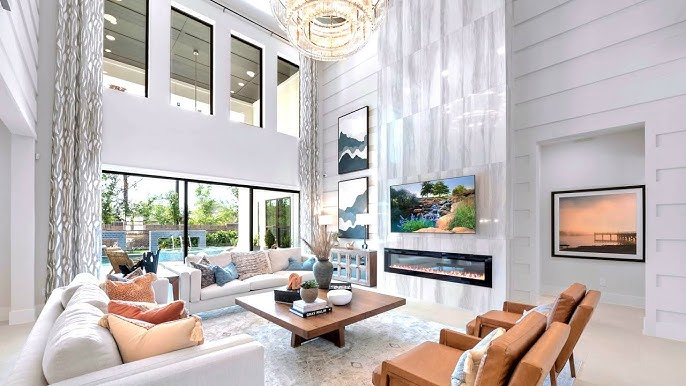
While canal-side life is appealing, there are challenges too. Flood risks, water pollution, and rising property prices can all be concerns. Experts warn that good planning, smart engineering, and fair pricing are essential to make canal-side communities work for everyone. Local governments will need to ensure that canals stay clean, safe, and accessible to all income levels, not just the wealthy.
There is also a push to keep canal-side areas authentic, preserving historical buildings and cultural heritage. Striking a balance between modern design and traditional charm is one of the biggest challenges for developers in 2025.
The Future of Canal-Side Living
Looking ahead, it is clear that canal-side living is here to stay. As cities continue to fight climate change and create healthier environments, water-based communities will become even more important. People want places that are beautiful, peaceful, and practical — and canals tick all these boxes.
In the next few years, we can expect to see even more advanced technology, cleaner waterways, and stronger community connections. Canal-side living in 2025 is not just a trend; it is a glimpse of the urban future.
Read More:- Deyaar’s Latest Announcement Shakes Up the UAE Property Market



